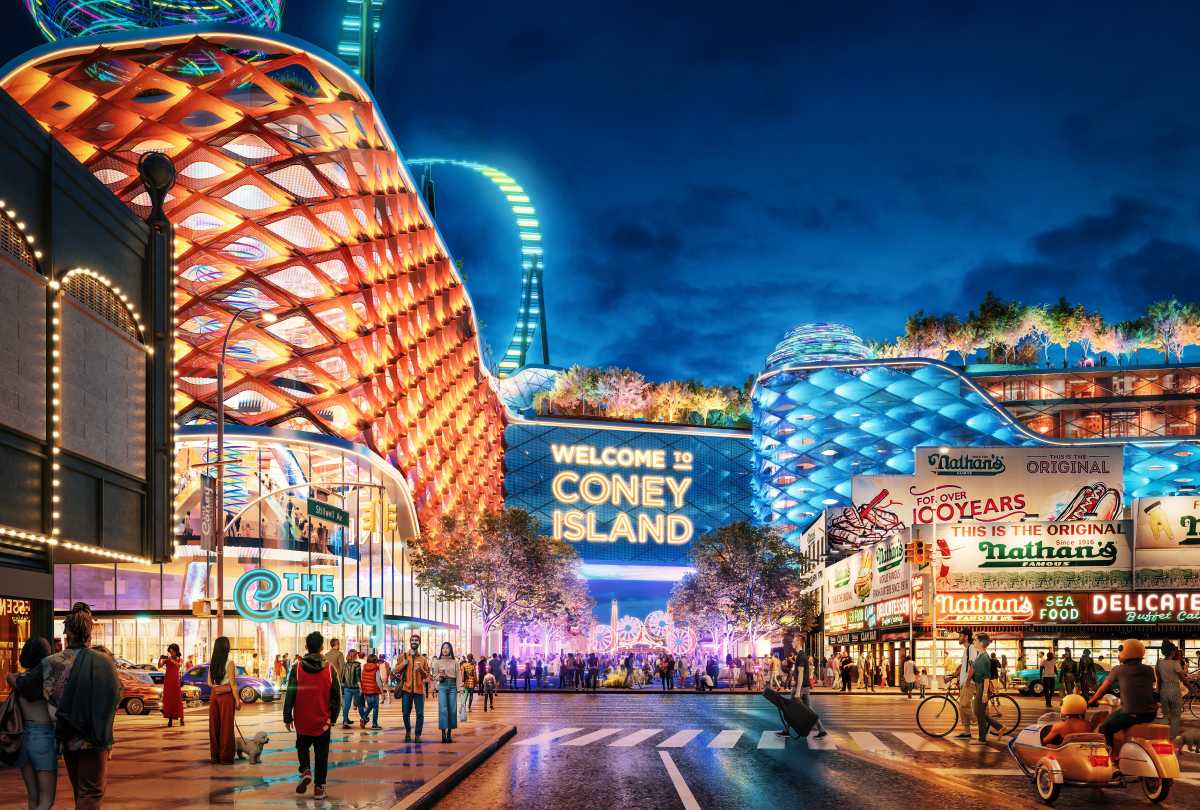There’s a street in Lower Manhattan that seems out of place, like it doesn’t belong in the burgeoning corporate capital of the world. It’s wide, very wide, and the buildings that line it look they are straight out of the 1950s with huge arcades and plazas. There are few trees and the public spaces are barren and boring. That street is Water Street.
For the last 18 months, the Alliance for Downtown New York has been working on a study that provides a pragmatic approach to transforming the street into a lively, pedestrian-friendly environment that will utilize privately owned public spaces and help Water Street secure its role as a corporate hub in the future. It’s a “pragmatic plan that provides a model for a vibrant and re-vamped Water Street.”
“It’s not that stuff isn’t happening [on Water Street],” said President of the Alliance Liz Berger. “There is a disconnect between what’s happening in the buildings and on the street that ultimately could put Water Street in jeopardy.”
The study mentions that in the next five years many of the leases in the buildings, where over 70,000 employees work each day, could be up and those businesses could choose another neighborhood to relocate. There is 19 million square feet of commercial office space, which is 90 percent occupied.
Berger believes that if the public and private sectors come together and transform the street, then the businesses will be more likely to renew their leases. Currently, powerhouse corporations like Standard and Poor’s, A.I.G. and the law firm of Sullivan and Cromwell occupy commercial space on the street.
“The understanding of what constitutes a premium business address is changing and Water Street has to change with that,” said Berger.
Berger believes commercial tenants today are looking for the same things residential tenants desire – diversity in options when it comes to retail, dining and public spaces. Water Street currently offers no such diversity.
“Tenant priorities have accelerated the need for change,” Berger noted.
The study takes a four-prong approach. The first is deemed Anchor to Anchor and focuses on re-scaling the street to make it an iconic boulevard. The second, Water to Water, is meant to strengthen connections to the historic core and waterfront. The third, Space to Place, would realign public and ground floor spaces to enhance street life. And the fourth, Day to Night, hopes to extend the hours of activity along Water Street.
Berger said the public sector should take the lead and improve the street, perhaps with a planted median and more trees. She said there must also be acknowledgment that the 20 privately owned public spaces that currently exist on the street are not utilized and the zoning in the area has not been looked at since the initial 1961 resolution, which created the privately owned spaces.
“They are not compliant with current zoning,” said Berger. “Urban planning, the city and general wisdom has allowed for zoning changes elsewhere that have allowed these spaces to be used in better ways.”
Berger pointed to the Elevated Acre at 55 Water Street as a great utilization of public space, but noted that it is basically hidden from view.
“It’s a great little secret of New York, but it should really be part of a chain of public spaces that define the corridor – like jewels in a necklace. The city has to start, then the private sector has to step up to the plate and then non profits have to come in and make the new spaces attractive.”
Berger said there are so many changes happening everywhere else in Lower Manhattan and those changes are leading to “a new kind of central business district.”
“The city understands the issue,” said Berger. “No administration has done more than Bloomberg’s to celebrate the vitality of urban life through public spaces and programming – it’s time for the revolution to come to Water Street.”


































